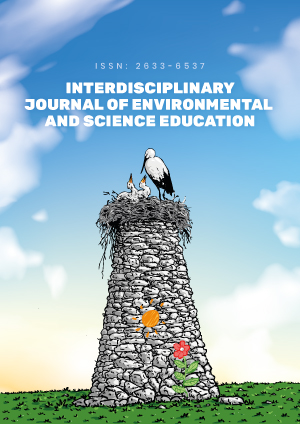Abstract
Developing conceptual understanding of solubility and dissolution and the relationship to molecular structure, ionic salts’ charges, and enthalpy and entropy, play a significant role in the learning of chemistry. Dissolution and solubility are topics covered in general chemistry, quantitative analysis, biology, and organic chemistry. Alternative conceptions about some of the key chemistry principles can lead to students’ failure in understanding and accepting some of the future concepts. This study aims to examine some of the challenges and alternate conceptions that students face when learning about solubility and its relationship to Lewis structures and the driving force behind dissolution. A survey that consisted of ionic and molecular solubility related problems, short answers, and Likert-Type questions was given to 200 students in order to analyze their understanding of solubility, dissolution, alternate conceptions they possess, challenges they face in learning about the topics, and its relationship to Lewis dot structures and ionic charges. Our data indicates that students struggle with solving solubility and dissolution process related problems and rely on memorization to approach these problems. For ionic compounds, there seems to be a dependency on memorization and rote-learning of solubility rules instead of development of conceptual understanding of charges of ions and their relationship to entropy and enthalpy in the dissolution process. For molecular compounds, it should be noted that students lack mastery of determining molecular shape and its relationship to function but do emphasize the roles of Lewis structure and polarity in solubility. Finally, students do not attribute the combined effects of enthalpy and entropy as the driving forces behind dissolution and show very fragmented and naïve understanding of the concept.
License
This is an open access article distributed under the Creative Commons Attribution License which permits unrestricted use, distribution, and reproduction in any medium, provided the original work is properly cited.
Article Type: Research Article
INTERDISCIP J ENV SCI ED, Volume 17, Issue 3, 2021, Article No: e2237
https://doi.org/10.21601/ijese/9333
Publication date: 20 Jan 2021
Article Views: 3730
Article Downloads: 3405
Open Access References How to cite this article
 Full Text (PDF)
Full Text (PDF)